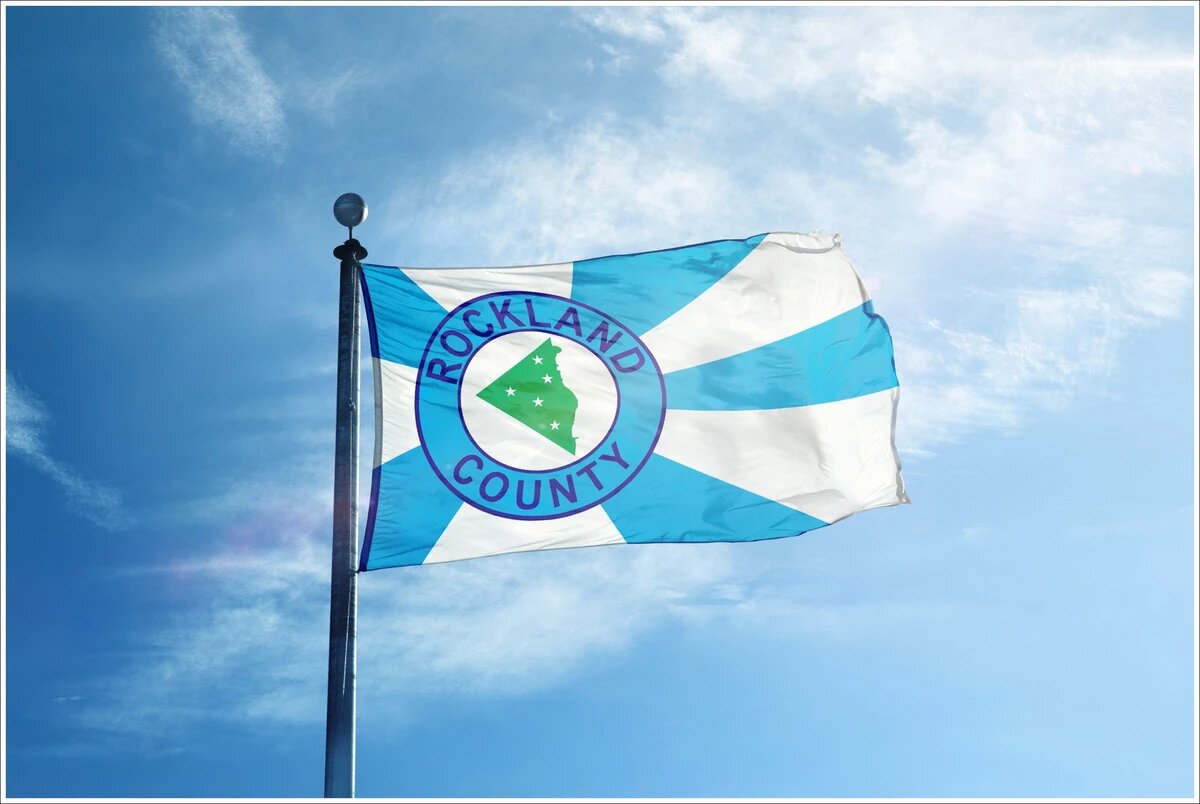Opinion By: Lucy Koteen
Shortly after Governor Hochul announced the indefinite suspension of Congestion Pricing, the Siena Poll showed New Yorkers supported the Governor’s pause by two to one. However, opponents continued to spread false narratives of a MTA doomsday. Instead of finding solutions to fund mass transit, they held publicity stunts by delivering hundreds of toy cars to the Governor’s Midtown office. An agency with an $11.3B budget should have a plan B. In early June, MTA management said they didn’t have a Plan B. Three weeks after the Governor’s pause, the MTA board passed a resolution supporting the pause.
At the time of the installation of the license plate readers, (the gantries) the Federal Highway Administration (FHWA) had not given the MTA a final approval and eight active outstanding lawsuits existed from both New York State and New Jersey. Regardless, they rushed ahead and the MTA leadership spent over $500 million to install the gantries. The publicized June 30th start date was nothing but a myth to create the impression of a fait accompli. Congestion Pricing was passed along with the state budget in 2019 with the mandate to implement it no earlier than December 31, 2020 – no start date was included. One of the lawsuits, filed by New Yorkers Against Congestion Pricing Tax [NYACPT] includes plaintiffs from New York City, Long Island, small-business owners and a bipartisan group of elected officials. The demand is for a full Environmental Impact Statement (EIS). The Environmental Assessment (EA) was completed using pre-pandemic data and as we are all aware, New York City and the surrounding areas have faced many challenges. This suit is the only one that raises SAPA (NYS Administrative Procedure Act) under which socio-economic impacts and job retention must be evaluated.
Congestion Pricing is a regressive tax that is inequitable, unfair and unsustainable. Its implementation will increase the costs of everyday goods and services for businesses and all New Yorkers. It will hurt small businesses and incentivise workers to spend more time working from home further decreasing the tax base of NYC.
We all wish to improve the quality of the environment but we need to be very respectful of everyone’s needs in how we approach this aspiration. It is clear that some neighborhoods outside of the Central Business District would experience increased air pollution and traffic from vehicles by toll shopping seeking to avoid the tax. According to the MTA’s own Environmental Assessment, once Congestion Pricing goes into effect, as much as 700 additional trucks will be rerouted to the Cross Bronx Expressway. In that same report, MTA acknowledged that trucks would be diverted to routes on highways in Staten Island, in the South Bronx, along the approaches to the RFK Bridge, George Washington Bridge, and into northern New Jersey. The Lower East Side, an Environmental Justice Community, will also experience increased pollution and traffic in the areas alongside the FDR Drive.
The threat of increased suffering from asthma and other respiratory illnesses ought to count. In acknowledgment of the anticipated increase in pollution in the Bronx, the federal government increased its spending on “mitigation” from $100 million to over $300 million. Traffic will merely be redistributed.
Many who travel into the district from outside New York City are those who work in essential services and they may seek to look for jobs elsewhere. These include workers in health care, restaurant workers, first responders and those who do not work nine-to-five shifts when mass transit is more reliable. Many workers have been displaced due to skyrocketing rents and are forced to have longer commutes from areas with scarce public transportation. The economic hardship will also be felt by tourist-dependent neighborhoods such as Chinatown, Little Italy and Times Square, which employ predominantly low-wage employees.
According to the re-evaluation, the revenue expected to be raised decreased to $900 million from the initial estimates of $1billion -1.5 billion. The state legislation mandates Congestion Pricing to generate $1B annually but with a projected revenue of $900,000, the current tax of $15 will undoubtedly increase. Any change to the original bill must go back to the legislators. If we are to see how this plays out, one can look at the London model where congestion charge was implemented in 2003 at £5. In the two decades since London implemented Congestion Charge, the cost to get into their Central Business District increased by 300%. Using the London example, in 20 years, the Congestion Pricing Tax will cost everyday New Yorkers $45.
Many have requested an independent audit and accountability of how the MTA spends its money and ask what has become of the billions of federal subsidies already assigned to the MTA. Other revenue streams have been suggested that do not impose an additional tax on the working men and women who keep the city and state running. It is anticipated that it will lead to a loss of tax revenue that fuels the whole state. With the high vacancy rate of Manhattan office buildings, we need a solution that does not further harm businesses and the recovery in Manhattan.
It is time to contact your state legislators and tell them to let the pause become permanent. Many suggestions have been made as to how to raise additional revenue to fund the MTA that does not place the burden on the hard working people in the New York City vicinity. Funding for public transit must be considered a priority and funded by all levels of government. The cost must be spread throughout the area as everyone benefits from having a highly functioning public transit system. To place the burden to raise funds on one segment of society is clearly unfair.


You must be logged in to post a comment Login